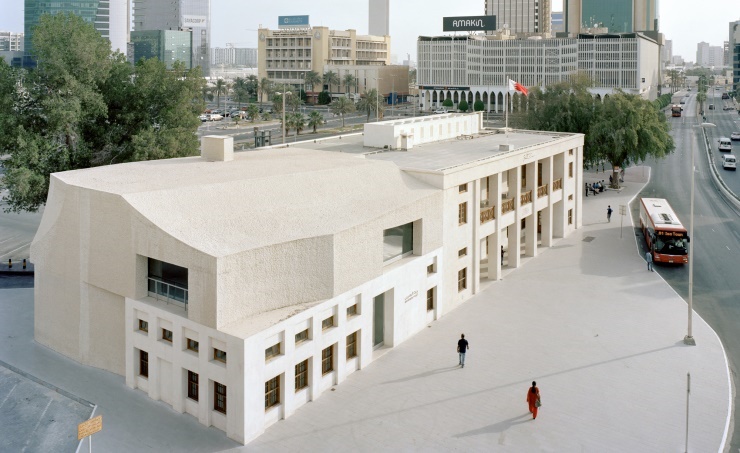Bahrain post office project shortlisted for 2022 Aga Khan Award

CONSTRUCTION NEWS
The Manama Post Office Rehabilitation project in Bahrain is among the total of 20 projects from 16 countries that have been shortlisted for the 2022 Aga Khan Award for Architecture and will compete for the prize in its 15th cycle (2020-2022).
The Manama Post Office, which was formerly known as the Customs House, is one of the oldest public buildings in the kingdom built in 1937, stated the report. It was rehabilitated to its original form and role as a functioning post office, and also a new wing has been added to the existing building.
This is the second time that Bahrain has been nominated for the prestigious Aga Khan Award, which is granted every three years to projects that set new standards of excellence in architecture, planning practices, historic preservation and landscape architecture, reported BNA.
In 2019, the Bahrain Authority for Culture and Antiquities (BACA) and Shaikh Ibrahim bin Mohammed Al Khalifa for Culture and Research received the award for the Muharraq Revitalisation project.
The rehabilitation project is within the Transportation and Telecommunication Ministry’s initiatives to develop the postal services and facilities sector. It was carried out by the ministry in cooperation with Studio Anne Holtrop, and was completed in 2019.
Under the project, a new concrete extension housing 4,400 mailboxes and sorting facilities was built. Moreover, the façade and portico made of concrete and steel built in the 1980s, making the building unrecognisable, was removed.
The historical building also returned to its former role as a functioning post office. In this regard, the original lateral balconies were restored and made accessible to the public.
According to BNA report, the historical displays of materials about the history of Bahrain and the original office holder’s library were featured.
By making more of the Manama Post Office accessible to the public, the project’s architects highlighted the importance of historical buildings and the role they can plan in public infrastructure.
